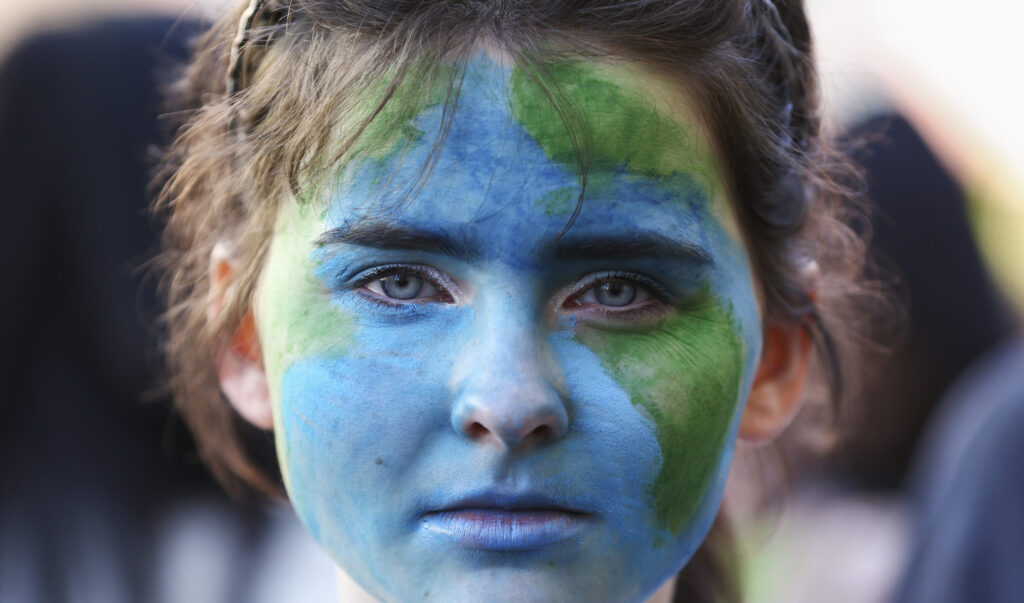by P. Gosselin, Sep 17, 2023 in ClimateChangeDispatch
Sixteen Years Of No Decline
Arctic summer minimum sea ice extent refuses to drop further, surprising and frustrating the alarmist media.
German research vessel Polarstern of the Alfred Wegener Institute (AWI) is currently underway again in the Arctic where a decrease in sea ice had been expected there, or, probably more accurately said, hoped for. [emphasis, links added]
But this year the minimum Arctic sea ice extent has turned out differently, as Germany’s widely viewed (climate-alarmist) Tagesschau news had to report:
In view of the extreme summer, the question arose in advance: Will the Arctic also see a new negative record in melting ice this year? This time, the Arctic has been spared.
AWI director and expedition leader Antje Boetius tells Tagesschau that an unusual weather phenomenon prevented a record melt of Arctic sea ice this summer.
According to Boetius, a sequence of low-pressure systems has led to an entirely different ice movement. The so-called transpolar drift, which describes the drifting of ice along certain routes, took a different course this year, she said.
Ice from the Siberian region has been held together and compressed instead of drifting out and melting. For the AWI director, this shows that weather phenomena determine the development of sea ice, and that forecasting is more difficult than ever.
The Arctic, with its sea ice and life, has been lucky once again, says the biologist. But things could go the other way. “If we are unlucky, if weather phenomena play unfavorably, we can also be affected by large ice-free parts much sooner than expected,” Boetius adds.”
We notice that when the opposite happens, e.g. heat, storms, or more ice melt, then it’s all because of climate warming. But when it goes the other way, then it’s weather!










